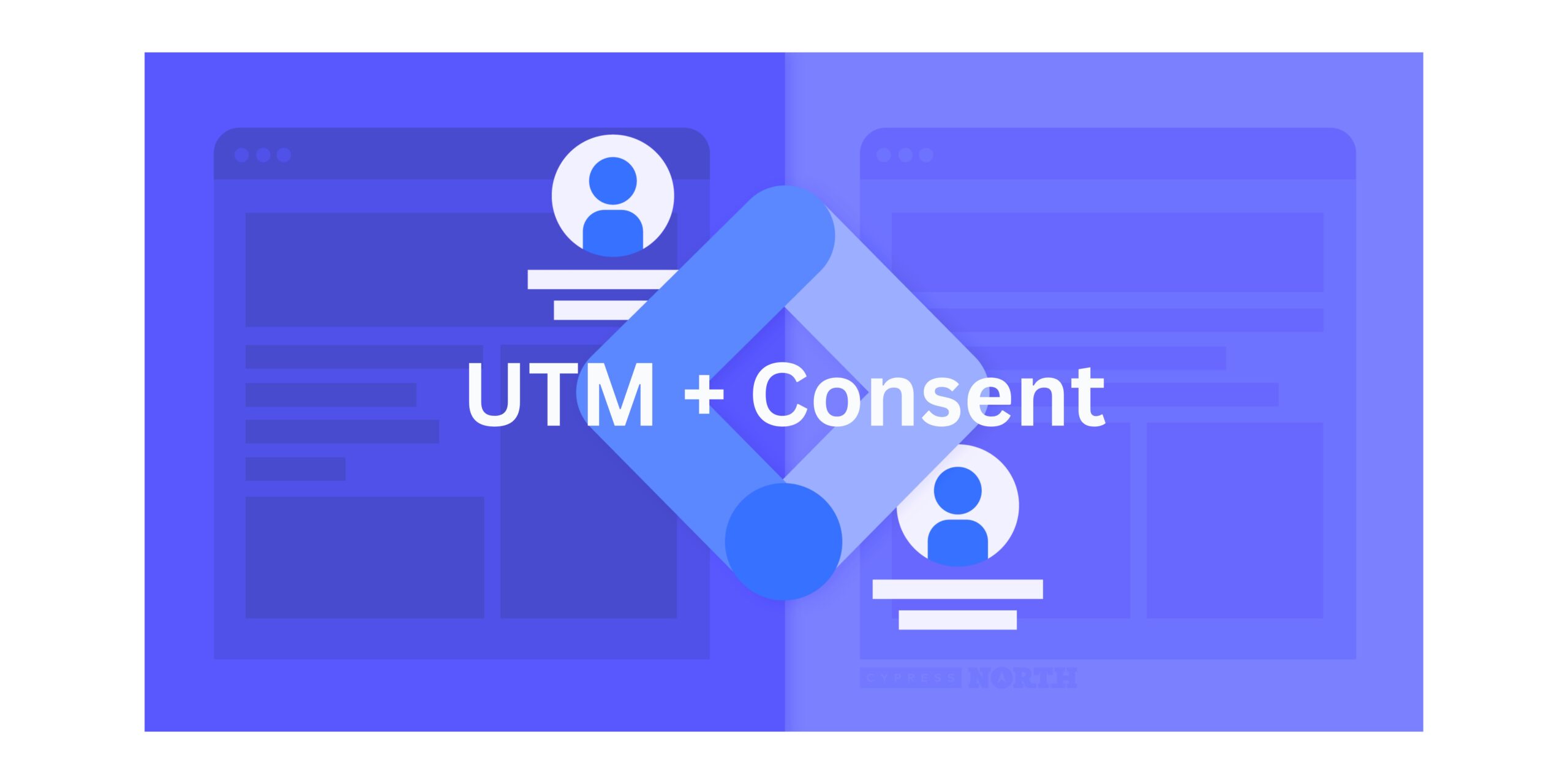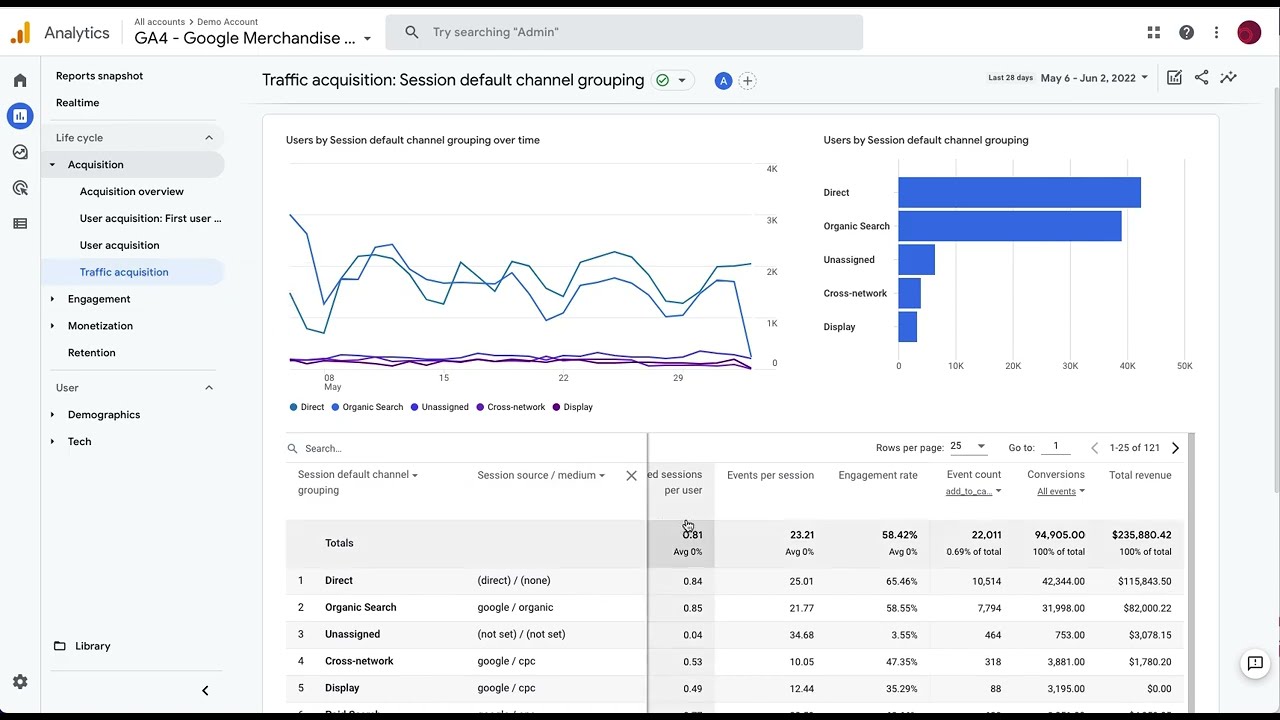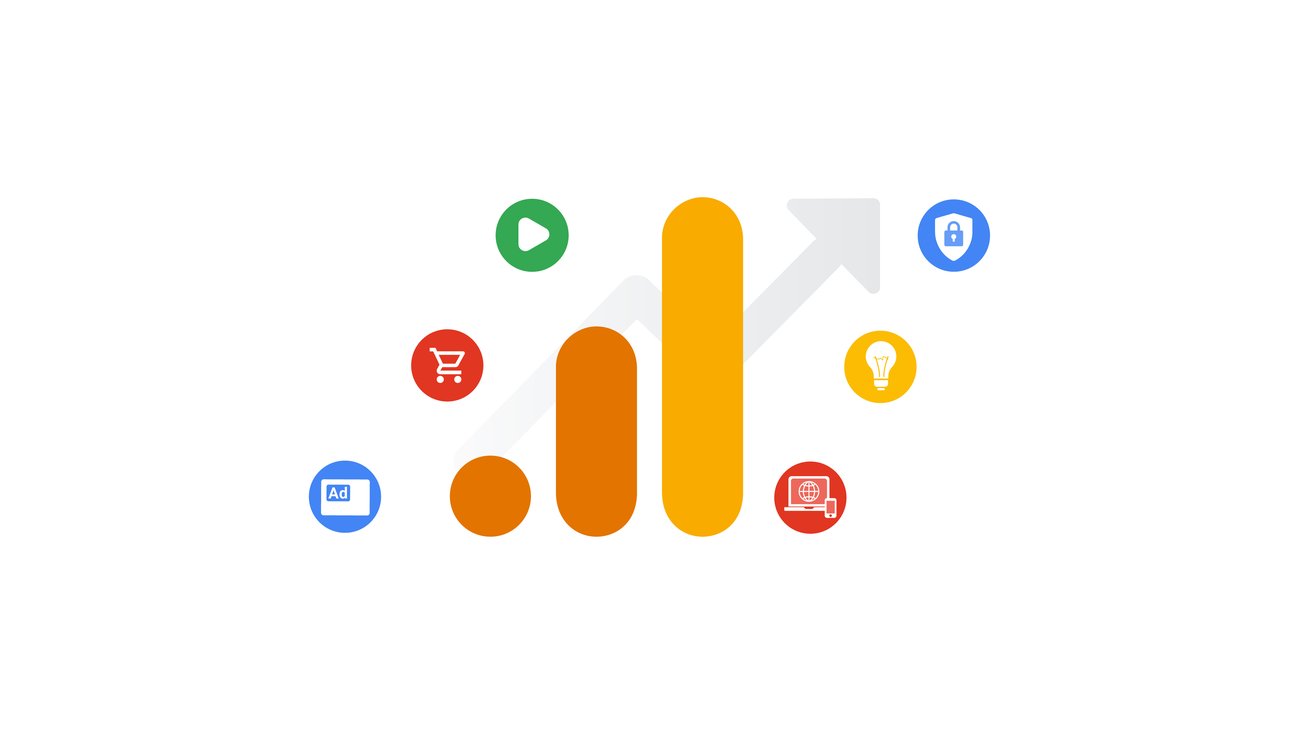Understanding the Impact of Consent Denial on UTM Parameters in GA4
In the ever-evolving landscape of digital analytics, understanding how tools like Google Analytics 4 (GA4) interact with privacy regulations is crucial. One key aspect of this interaction is the role of UTM parameters in data collection, especially when user consent is denied. This article delves into the intricacies of how GA4 handles UTM parameters when consent is not granted, and explores the potential implications for marketers and analysts.
The Role of UTM Parameters
UTM parameters are essential for tracking the effectiveness of marketing campaigns. These parameters are appended to URLs to help Google Analytics identify the source, medium, and campaign name associated with traffic. By doing so, they provide valuable insights into user behavior and campaign performance.
Key UTM Parameters
- Source: Identifies where the traffic originates from (e.g., Google, Facebook).
- Medium: Describes the marketing medium (e.g., organic, CPC, email).
- Campaign: Names the specific campaign (e.g., summer_sale, launch_event).
- Content: Differentiates similar content or links within the same ad.
- Term: Used for paid search to identify keywords.
GA4 and User Consent
With increasing emphasis on user privacy, consent management has become a critical component of digital analytics. GA4 incorporates consent mode to align with privacy regulations like GDPR and CCPA. This mode ensures that data collection respects user consent preferences.
Consent Mode in GA4
Consent mode in GA4 allows websites to adjust how they collect and process data based on user consent. When consent is denied, GA4 limits data collection, impacting the availability of certain data points, including those derived from UTM parameters.
Impact of Consent Denial on UTM Parameters
When a user denies consent, GA4 does not collect any data that could identify the user or their behavior. This includes data from UTM parameters, which means that campaign tracking can be significantly affected.
Scenarios of Consent Denial
- Initial Consent Denial: If a user denies consent upon their first interaction, UTM parameters will not be collected, resulting in a loss of campaign tracking data.
- Subsequent Consent Granting: Even if a user later grants consent, the initial interaction data may not be retroactively collected, leading to incomplete data sets.
Strategies to Mitigate Data Loss
While consent denial poses challenges, there are strategies that marketers and analysts can employ to mitigate data loss:
- Enhanced Consent Management: Implement robust consent management solutions to ensure clear communication and easy consent options for users.
- Server-Side Tracking: Consider server-side tracking to capture data in a privacy-compliant manner.
- Data Modeling: Use data modeling techniques to fill gaps in data caused by consent denial.
- Custom Dimensions: Leverage custom dimensions to capture additional data points that may not be affected by consent denial.
If the consent is not granted, GA4 won’t collect any data from UTM parameters.
FAQ
What are UTM parameters?
UTM parameters are tags added to URLs to track the effectiveness of online marketing campaigns in Google Analytics 4 and other marketing platforms.
How does consent denial affect UTM parameters in GA4?
When consent is denied, GA4 does not collect data from UTM parameters, impacting campaign tracking.
Can data be collected if consent is granted after initial denial?
Even if consent is granted later, initial data may not be retroactively collected, leading to incomplete data measurement.
What strategies can mitigate data loss due to consent denial?
Enhanced consent management, server-side tracking, data modeling, and custom dimensions can help mitigate data loss.
How does consent mode in GA4 work?
Consent mode in GA4 adjusts data collection based on user consent preferences, ensuring compliance with privacy regulations.




